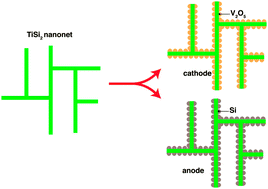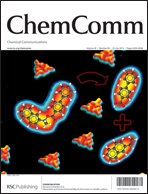Compared with competing technologies, rechargeable lithium ion batteries offer relative advantages such as high capacity and long cycle lifetime. Remarkable advances in the development of this technology notwithstanding significant performance improvements are still required to meet society's ever-growing electrical energy storage need. In particular, we long for devices with greater capacity, a higher power rate and a longer cycle lifetime. Aimed at solving challenges associated with poor charge transport within electrode materials, we have recently tested a new, nanonet-based material platform. The nanonet, made of TiSi2 (C49), is similar to the more commonly used porous carbon in that it has high surface area and good electrical conductivity. The key uniqueness of the nanonet lies in that its morphology is well-defined, permitting us to design and test various heteronanostructures. In essence, the TiSi2 nanonet can serve as a charge collector and a mechanical support for the construction of electrodes for a wide range of applications. We show that when combined with Si, an anode with superior performance is obtained. Similarly, a high-performance cathode is enabled by the TiSi2–V2O5 combination.

You have access to this article
 Please wait while we load your content...
Something went wrong. Try again?
Please wait while we load your content...
Something went wrong. Try again?


 Please wait while we load your content...
Please wait while we load your content...